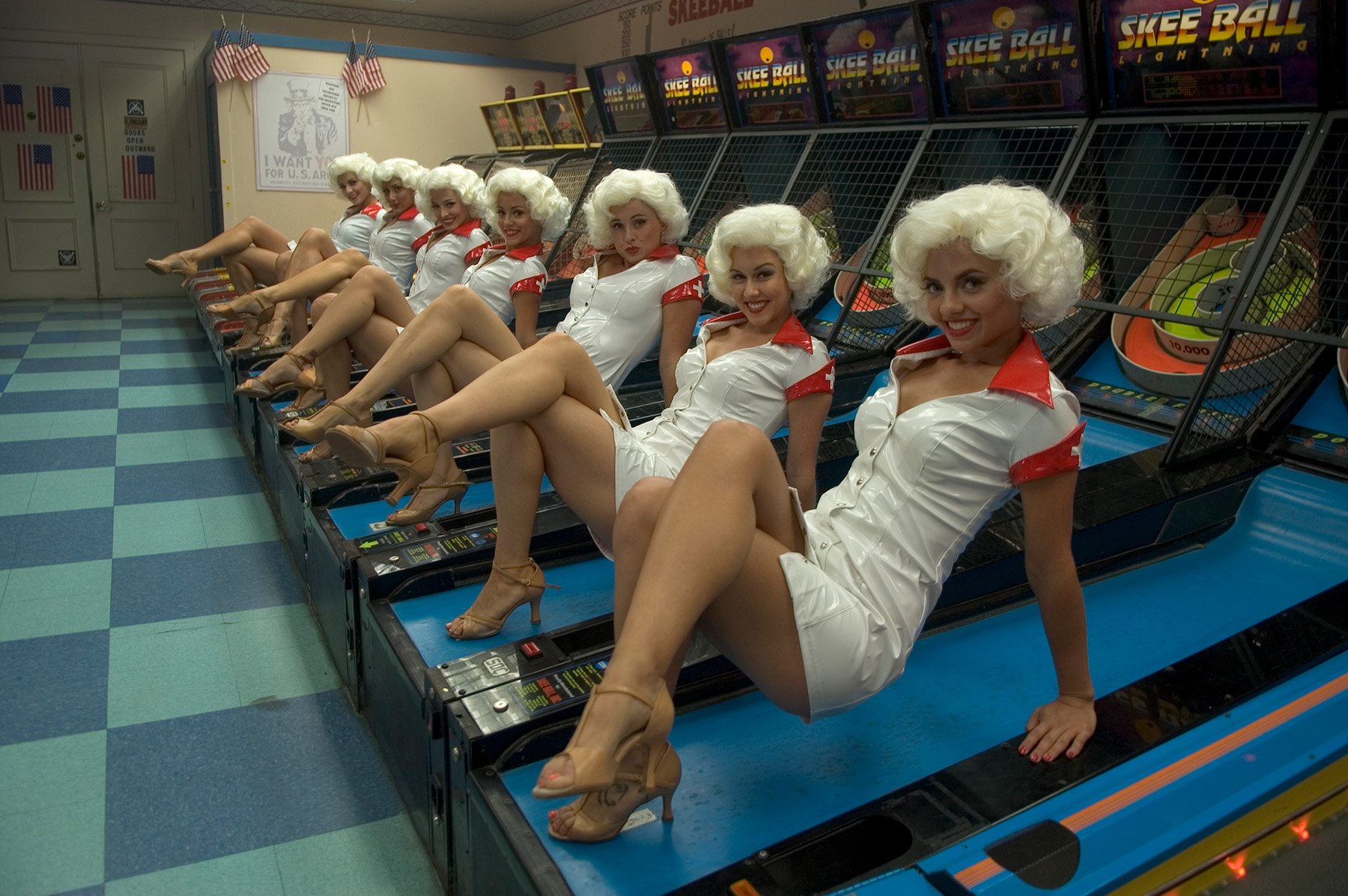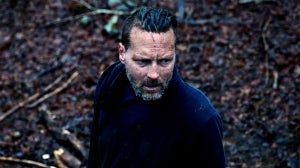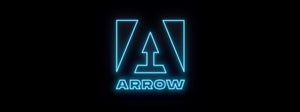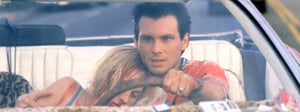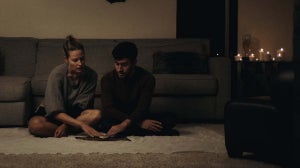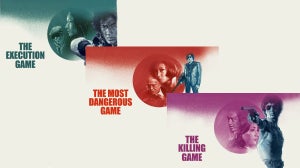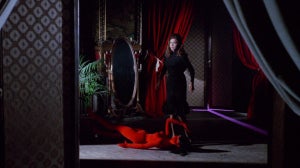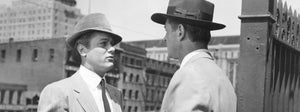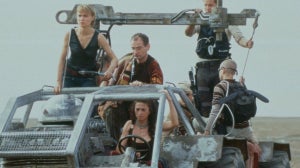
Director Richard Kelly’s sophomore cinematic outing, Southland Tales (2006), has been called a lot of things. “Ambitious”. An “epic dystopian satire”. “Gleefully moronic”. “One of the greatest films of the 21st century”. “An utterly fascinating failure”.
The film is a crime caper. A comedy. A science fiction mindfuck. An expansive tapestry of tone, style and form. A star vehicle for an ensemble cast including Seann William Scott, Sarah Michelle Gellar, Dwayne ‘The Rock’ Johnson, Justin Timberlake, Amy Poehler, Mandy Moore, Miranda Richardson, Wallace Shawn and Jon Lovitz.
It’s a movie that bombed at Cannes and struggled to find an audience once it did eventually secure a release schedule due to strike issues and limited promotion, and which continues to confound to this day with its labyrinthine plot and near-incomprehensible narrative. It cost about $17 million to make, but only made around $375,000 following its 2007 release.
It skewers Los Angeles, celebrity culture and the media, politics and religion, energy companies, government surveillance and war, and weaves an intriguing - albeit frustrating - world of post-9/11 American paranoia, swimming with allusions to the right wing movement and the reign of President George W. Bush and Dick Cheney, LA’s homelessness problem, police powers and systemic racism.
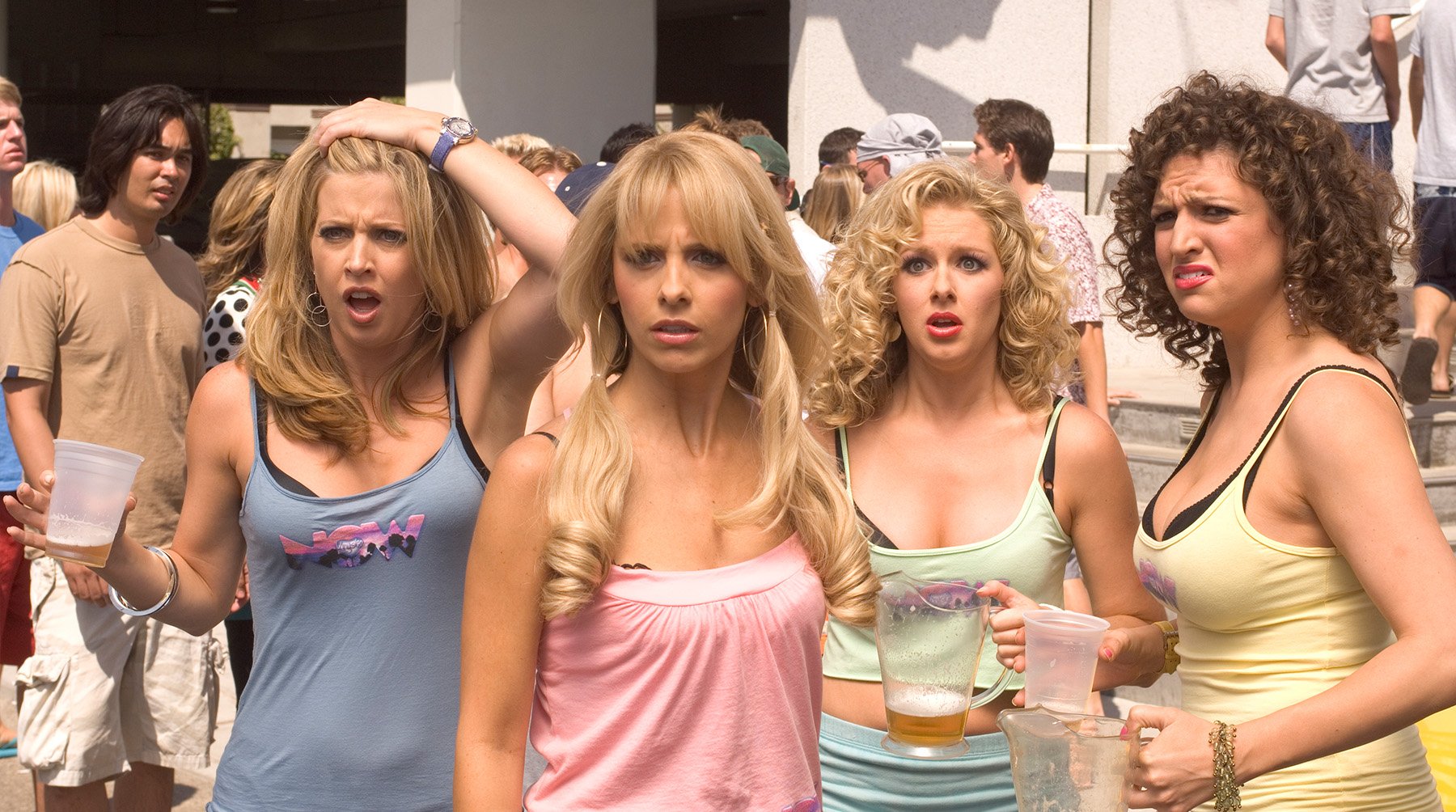
In 2021, Kelly told AV Club: “In my mind, it’s a satirical response to the Bush era and 9/11 and the War on Terror. The movie was a big statement in response to the anxiety that stemmed, and that continues to stem, from 9/11.”
“I was still rewriting the script and trying to take it to the next level, with the religion and the science fiction and the politics and US-IDENT, all the things that were happening at the time as Bush was heading toward his second term and reelection. All the things that were happening in the world, with Iraq and the Patriot Act and everything in the Bush Doctrine that was building, and it just felt like I needed to lean into all of that.”
At 29 years old and with 29 days to shoot the entire film, Kelly was setting himself an unenviable task. He’s said himself that he was too young to be directing a movie at the time, despite it being his second feature after the 2001 soon-to-be-cult-classic Donnie Darko. Much like Southland Tales was to receive at Cannes, Donnie Darko was given a dismal response at Sundance and Kelly used the writing of his new screenplay in the wake of that disappointment as a kind of therapy. In fact, he’s cited the explosion of the Mega-Zeppelin in the closing minutes of the film as being a direct metaphor for Donnie Darko’s performance at the festival.
Southland Tales may have been Kelly’s follow-up feature but it was also his first opportunity to put his newfound sense of creative control into overdrive. After the World Trade Center was destroyed in 2001, Kelly was inspired to go back to the script and inject a whole new layer of sci-fi in homage to Philip K. Dick, to elevate it to a much more substantial story for this “scary new world”.
It opens with twin nuclear attacks on Texas and then jumps forward to the near future in a pop-arty, dreamlike vision of LA. The filmmaker wanted to start the story with the bombs to rattle and emotionally traumatise the audience before plunging them into a bizarre alternate future when the rest of the action takes place.
The action itself revolves around the kidnapping of an amnesiac action star (Johnson) by a Marxist rebel cell that plans on using a fake murder plot to blackmail a Republican politician into relaxing surveillance laws, via involvement with an entrepreneurial adult-film star (Gellar) and two “twins” played by Scott. Meanwhile, a company - presenting itself as a green solution to global warming and run by a renegade scientist (Shawn) - has created a rift in the fourth dimension with their new renewable energy called Fluid Karma, which is slowing down the Earth’s rotation and which people also inject as a drug that creates telepathic visions and dreams, while a war rages in the middle east and North Korea, sponsored by Bud Light and Hustler. There’s a meta screenplay that draws on the Book of Revelation and which seems to predict the future, and references to Karl Marx, T.S. Elliot, Jane’s Addiction and the Pixies, all while the movie aggressively pays homage to 1955’s film noir Kiss Me Deadly. And that’s just the film - it doesn’t even encompass the first three chapters of the story, published as graphic novels that Kelly started writing before he even finished filming. Oh and there are musical numbers, let’s not forget about those.
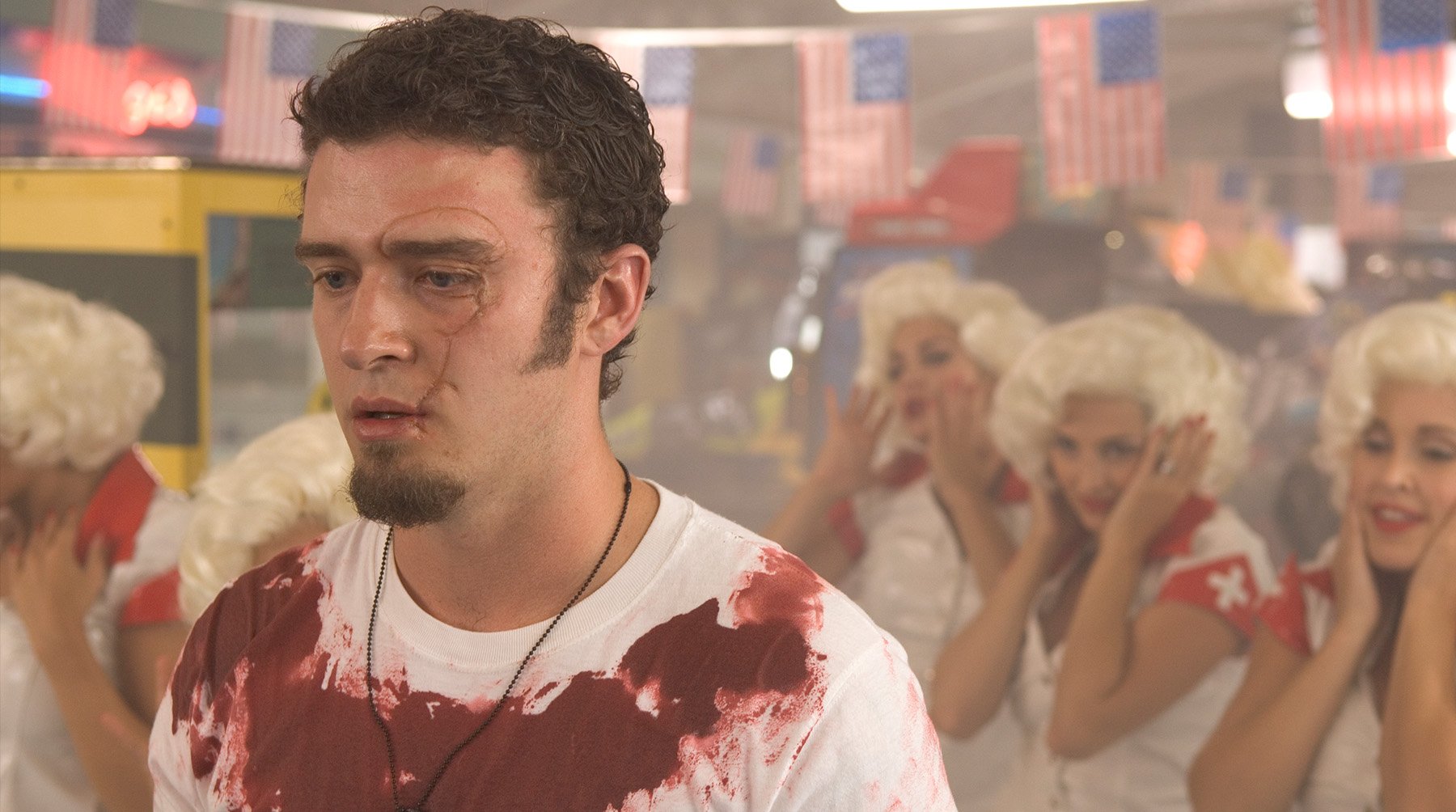
It’s no wonder the project is described as having “scope-creep” by its director. Kelly says that Southland Tales is “this big, sprawling, interconnected story, that tied in religion and politics, and Orwellian surveillance and the impending election of 2008. It all started to sort of make sense as this big grand systemic narrative in my mind. Once I solved the mystery of the twins, everything fell into place. And I just kept building in layers of the story. I figured, ‘Let’s just swing for the fences.’ And it just kept getting bigger and bigger.”
The “mystery” he refers to centers on Scott’s ‘twins’, Ronald and Roland Taverner who it turns out are actually two copies of the same person, and who, when they meet and shake hands trigger the apocalypse. Johnson’s character too is split into two doppelgangers, creating yet more mind-bending questions that hinge on time travel and quantum entanglement.
It’s certainly an ambitious premise, with significant creative ideas, but it’s difficult to argue that Southland Tales entirely hangs together. It’s often a baffling experience, veering from farce to self-serious pretension from one scene to the next.
One thing that does help to build the world in which we spend nearly two and a half hours - the runtime was originally longer before Kelly was forced by the studios to strip it back following its disastrous Cannes screening, cutting out entire characters and scenes that explained various others' whole motivations - is its impressive production design. On a relatively limited budget and for a film with such a constantly shifting tone, the art director, through location and props, needed to reflect Kelly’s candy-coloured, dystopian vision in the world of the film. Worldbuilding was critical in helping to ‘sell’ the film’s grand ideas, and everything from items in the foreground to the city’s graffiti seems to be thoughtfully deliberate, helping to coalesce Southland Tales’ seemingly endless themes and influences. CGI was employed to finish some aspects, like elements of the futuristic LA skyline and the flying ice cream truck in the film’s apocalyptic finale.
The cast also needed to play their part in giving Kelly’s epic creation legs. Largely brought on board against type - as Movieweb put it earlier this year: “It’s strange to see someone as loveable as Shawn playing a vicious corporate businessman, and similarly it’s unnerving to see Poehler as a violent revolutionary within the neo-Marxist movement” - Kelly drew from teen movies, action blockbusters, and Saturday Night Live to build out his ensemble. About the comedy star-power on show, Kelly has said that he wanted a roster of people who were able to improvise and think on their feet - and that included professional wrestler The Rock; the script was more of a blueprint around the architecture of the narrative and ultimately, Kelly saw himself as offering a unique opportunity to his cast. "Every one of those actors," he told Vice in 2013, "every single one of them, is playing a subversive version of themselves and their celebrity image." Johnson’s character is a riff on stars like Arnold Schwarzenegger, and Timberlake - playing an Iraq war veteran and the film’s exposition-handling narrator - acts out an entire music video in a dream sequence, lip syncing to The Killers, in a nod to classic MGM musicals.
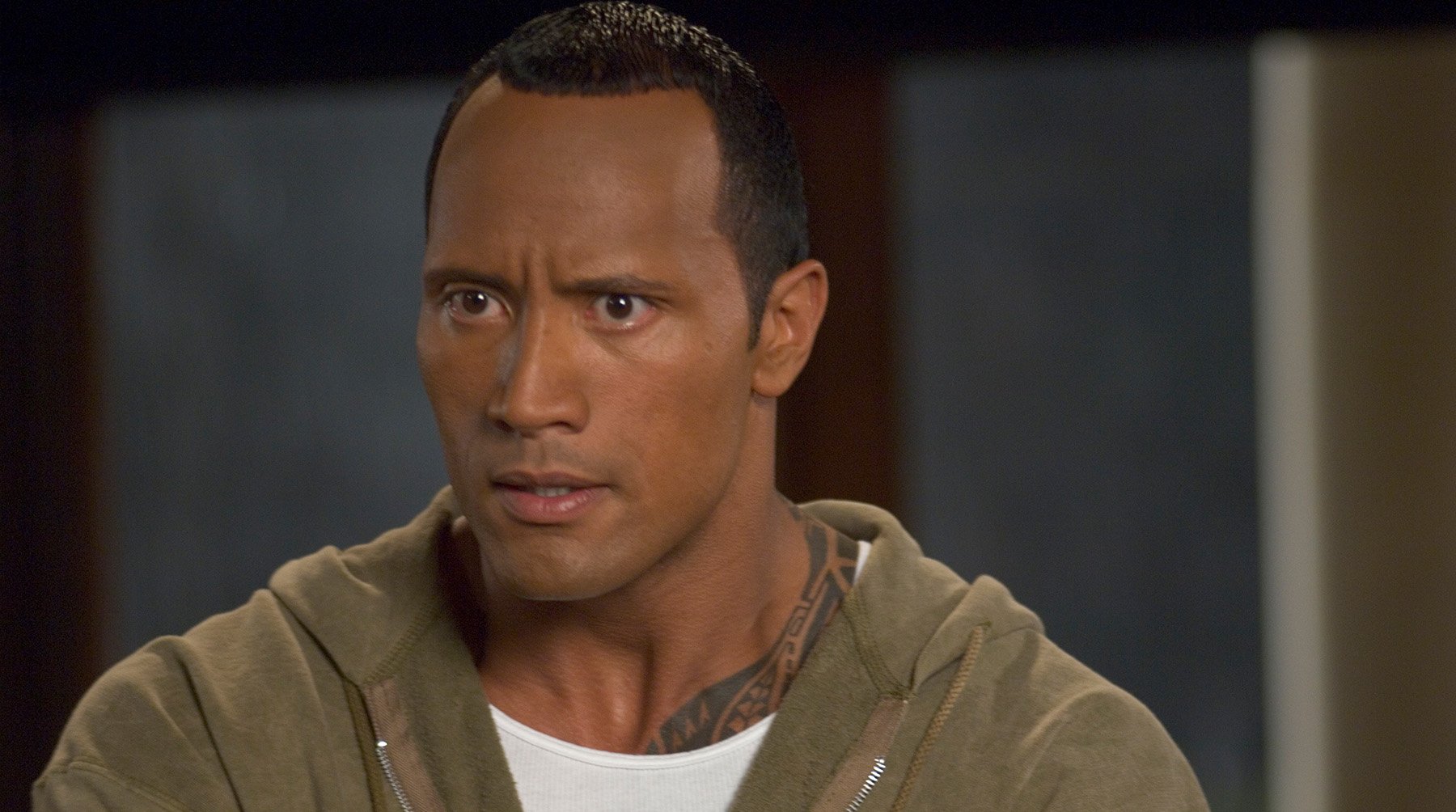
While looking back to Hollywood’s golden days in the form of Busby Berkeley and Kiss Me Deadly, Kelly also wanted to make something that stood its own test of time. As Bright Wall/Dark Room put it: “Somewhere during Donald Trump’s presidency, a refrain emerged: Southland Tales came true … If anything, Kelly’s keen eye zeroed in on one emerging trend among a dissonant cultural morass: the potentially disastrous conflation of reality-TV culture and national politics.” Add to this the film’s significant use of story points from the Book of Revelation - the antichrist, false prophets, plagues and disasters - it can be tempting to see Southland Tales as somewhat prescient for how the world looks today in the fallout from multiple disasters of global politics, war, and the Covid-19 pandemic.
He told Vice: "I think about it all the time. It's definitely the thing that I'm most proud of, and I feel like it's sort of the misunderstood child or the banished child," Kelly told me. "It was a lot to wrestle into submission, but it was such a wonderful obsession to have, and that I continue to have." And he still sees the film as having further potential; as an “unfinished” tale that is still to have its day - if not in the sun, then perhaps in the afterglow of the nuclear attacks it predicts.
This may be a bit of a down note upon which to end this exploration, but Southland Tales does not feel like a film about hope. Kelly’s world vision is one of wonder, sci-fi madness and religion, but not miracles. Has it aged as well as he wanted? Perhaps only in its more chillingly accurate aspects of prophecy. If and when he does feel it’s time to revisit his dystopian LA landscape, maybe we should wish he’s got more optimistic sights to show us.
https://www.youtube.com/watch?v=Sbovtczv99U&t=3s

